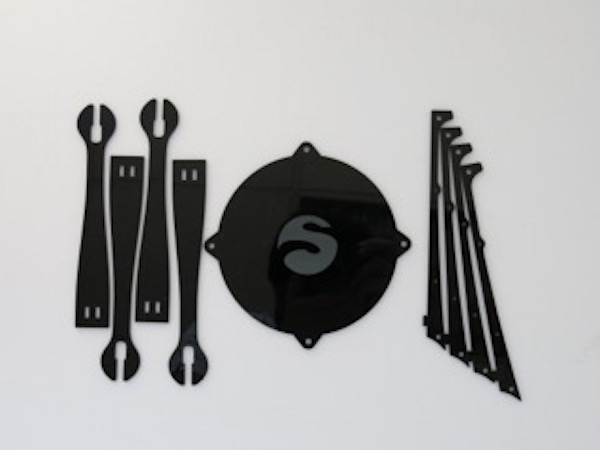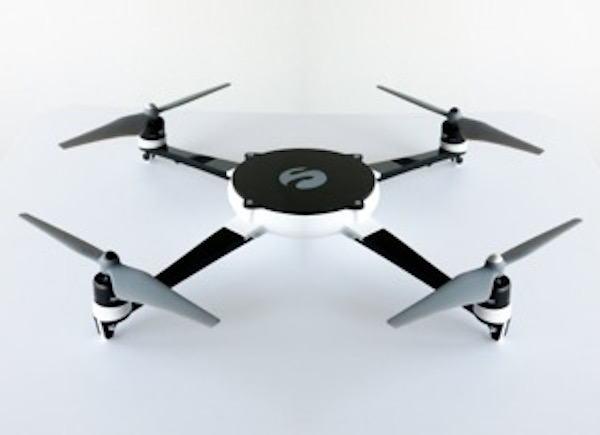
At first blush, the factory of the future sounds like an airy concept. But the factory of the future is an idea that’s been around for a long time, and its actuality is being created right now.
What does it mean that the factory of the future is here, today? How can you take advantage of this trend?
What is the factory of the future?
The factory of the future combines various digital manufacturing techniques and advanced technologies to make manufacturing faster, more efficient, and easily adaptable to the end customers’ needs. The factory of the future has been written about extensively. Most papers articles (like the ones you’ll find here and here) on the subject also convey, a wide range of characteristics, and all paint a bright future for flexible production.
The fundamental ideas behind that the factory of the future are to enable economically, socially and environmentally sustainable production. Production that is matched to the needs of the market for adaptable, customizable products produced in just the right quantities to meet demand. Ultimately, the factory of the future supports individualized makers and local manufacturing networks that can be also seamlessly integrated into larger globalized supply chains, but with a strong focus on the well-being of workers and consumers —present and future.
While the idea of the factory of the future has been around for many years, it is only now becoming a reality based on the convergence of four meta-trends:
- Cloud computing delivers massively scalable data storage, analytics, modelling and simulation that allows for unprecedented coordination between machines and between the machines and humans;
- Robotics and connected objects deliver increased automation;
- New sources of sustainable materials and energy extend the possibilities of producing products that have a minimal impact on the environment; and
- Manufacturing-as-a-Service (MaaS), which offers a chance to go from digital file to finished part making production fast, flexible, and profitable even in small production runs. I believe this fourth meta-trend is a true game changer, for everyone.

Why Manufacturing-as-a-Service is a Game Changer
Despite the fact that advanced economies have become more focused on services rather than products, it is the “uberization” and the “anything-as-a-service” trend that has actually transformed the factory floor. Manufacturing-as-a-service began to take shape seven years ago. Today, the expectation that anyone can go directly from a design to an object via the internet is as common an idea as using smartphone to hail a ride, order dinner, or rent a room. There are numerous companies that allow individuals to upload design and engineering files to be 3D printed and laser cut remotely, and millions of parts have been produced in this way. The number of production techniques and materials has expanded from online 3D printing services and laser cutting now available to production processes and techniques that are just now coming online, especially CNC, mold-making, die casting and injection molding. Ultimately, the entire manufacturing and assembly process will be brought online and made available via manufacturing-as-a-service platforms that will transform the global economy.
Just as Amazon, Alibaba and eBay made it possible for anyone to become a retailer, soon everyone on the planet will have access to a powerful suite of manufacturing services that will allow anyone, anywhere to become a global manufacturer. Manufacturing-as-a-service is a game changer because:
- There will be no need to invest in manufacturing infrastructure, it will all be rentable, but the part;
- Software will continue to make prototyping faster and less costly
- Shortened lead times will mean suppliers can match production to demand more accurately;
- Short run, highly customized production will become profitable.
- All of these elements reduce barriers to entry, which means it doesn’t matter if your business is large or small, it will be easier for you to innovate, take risks on your ideas, expand your production, and more closely meet your customers’ expectations.

An example of a company that is embracing the factory of the future is Hublex, a French maker of personal transportation. Hublex makes is a self-balancing vehicle that combines traditional manufacturing techniques with parts that are 3D printed and laser cut. In fact, 36 percent of the Hublex is made via manufacturing-as-a-service production platforms that significantly maximize material usage and reduce time and costs. According to Hublex CTO, Alexis Williams, “The cost of digital manufacturing is far more beneficial than conventional machining or other processes. The use of manufacturing-as-a-service has translated into smart production runs that result in real savings.”
The factory of the future marks a change in how engineers, designers and manufacturing professionals think about and deploy robotics, additive manufacturing, nanotechnology and artificial intelligence. These technologies require new skills that are only now being taught at universities and trade schools. This requires coordinated effort between academic research and business innovators who are deploying advanced manufacturing strategies.
Ultimately, the factory of the future is being powered by thinking that is no longer enclosed within the four walls of any one organization. Leaders in this new world must address the challenges wrought by change to achieve its full potential. The factory of the future makes it possible to combine high-performance and quality with cost-effective production in ways that are an economically viable, that integrate human skill with technology while reducing resource consumption and waste generation.

